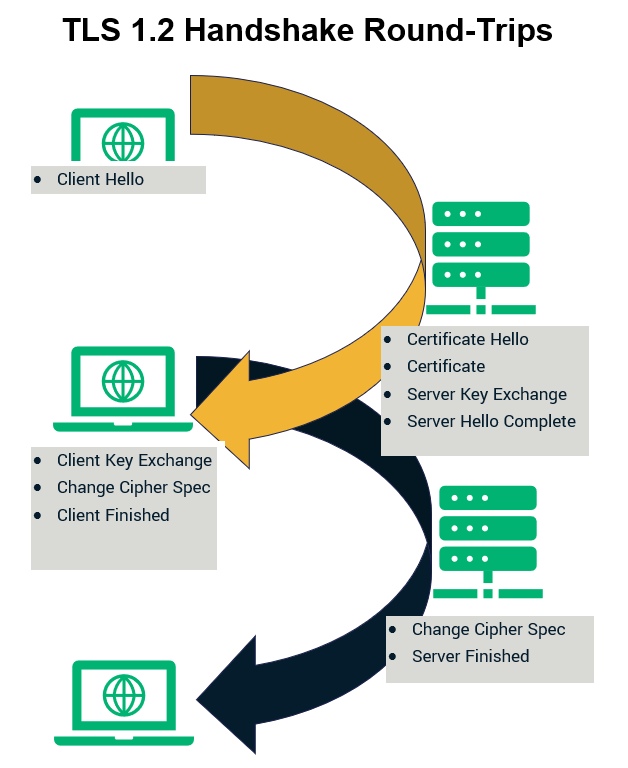In the realm of internet security, the acronyms SSL (Secure Sockets Layer) and TLS (Transport Layer Security) frequently come up in discussions surrounding data encryption. With the advent of TLS version 1.3, the question arises: Is SSL still relevant in a TLS 1.3 world? To comprehensively address this query, it is imperative to explore both the historical context and the current landscape of encryption protocols.
Firstly, understanding the origins of SSL and its evolution into TLS is essential. SSL was developed by Netscape in the mid-1990s to secure communications over the internet. The early versions of SSL, namely SSL 2.0 and SSL 3.0, offered rudimentary encryption mechanisms but were soon found to be rife with vulnerabilities. This prompted the RFC (Request for Comments) process, which led to the establishment of TLS 1.0 in 1999, effectively replacing SSL. However, even TLS has undergone numerous iterations, with TLS 1.2 and TLS 1.3 being the most notable releases in recent times.
TLS 1.3, officially published in 2018, brought about significant enhancements over its predecessors. These improvements include a reduction in the number of round trips required to establish a secure connection, thus expediting the handshake process. Early TLS versions required multiple round trips, which not only delayed the connection but also increased the likelihood of certain types of attacks. The streamlined process in TLS 1.3 not only mitigates these risks but also enhances overall performance, making it a formidable successor.
Yet, despite the clear advantages of TLS 1.3, the specter of SSL persists in various discussions and implementations. This raises the pertinent question: does this persistence imply that SSL has any remaining relevance? To answer this, it is vital to delve deeper into the realms of legacy systems and backward compatibility.
Many organizations continue to use older infrastructure due to the complexities and costs associated with upgrading. A substantial number of web servers, application gateways, and even embedded systems still rely on SSL 3.0 for secure communications. The continued existence of these systems often catalyzes discussions regarding SSL’s relevance, particularly in environments that prioritize stability over the latest security innovations. This reliance can create a false sense of security, as SSL is fundamentally flawed and no longer deemed secure against contemporary threats.
However, it is essential to differentiate between the legacy use of SSL and the underlying concepts it introduced. While SSL’s direct applicability has waned, the principles of secure communications and encryption it brought forth remain integral to cybersecurity. As organizations migrate to TLS 1.3, they continue to build on the foundational tenets established by SSL. Moreover, certain concepts, such as encryption keys and secure channels, persist regardless of the protocol. Thus, while the SSL moniker may not carry weight in modern contexts, its core philosophies remain pertinent.
Another aspect that contributes to the ongoing fascination with SSL is the cultural and historical significance it has attained over the decades. SSL became synonymous with internet security during its height, and for many people, it represented the shift toward a more secure web. This nostalgia can often cloud objective assessments of its viability, leading to persistent references to SSL in security discourse. There is something captivating about the journey from SSL’s inception to the current state of encryption technology that continues to engage both professionals and enthusiasts alike.
With the introduction of TLS 1.3, the field has undoubtedly advanced, and the importance of using up-to-date protocols cannot be overstated. Organizations are encouraged to transition from SSL and earlier TLS versions not merely for compliance but to bolster defenses against evolving cyber threats. The faster handshakes and improved encryption methods in TLS 1.3 offer tangible benefits that no organization should overlook.
Nevertheless, SSL’s historical impact and foundational lessons in establishing secure communications cannot be entirely disregarded. The legacy of SSL serves as a reminder of the necessity of vigilance in the face of evolving security landscapes. As new vulnerabilities and attack vectors are discovered, maintaining a proactive stance on security is paramount.
Moreover, the discussions around SSL underscore a critical point regarding the lifecycle of technology. The deprecation of any technology usually occurs gradually and often hinges on overarching security policies and regulations. Many organizations find themselves in a state of inertia, where the fear of change and the unpredictability of new technologies stave off immediate action. The sentiment that “if it isn’t broken, don’t fix it” can be dangerous in the security domain, as the consequences of outdated protocols can be catastrophic.
In conclusion, while SSL as a protocol is no longer relevant in a tangible sense within the context of modern secure communications, its influence permeates the narrative of digital security. TLS 1.3 represents the pinnacle of what secure communication can and should be. Nonetheless, the historical lessons gleaned from SSL continue to inform best practices in cybersecurity today. The conversation surrounding SSL highlights a broader theme in technology: the importance of evolution, vigilance, and ongoing education in an ever-changing digital landscape.








Leave a Comment